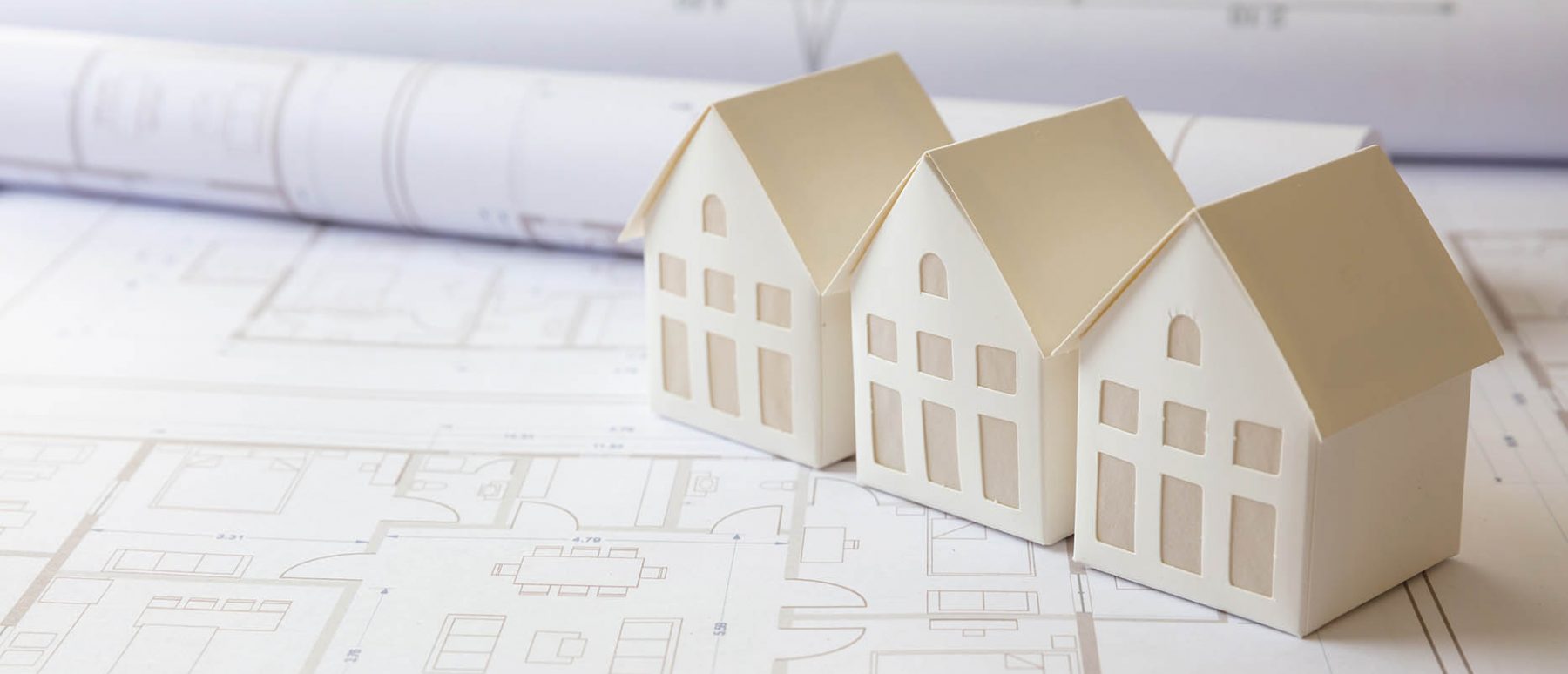What is a SAP Calculation
A SAP Calculation is the ‘ Standard Assessment Procedure’ that the government uses to calculate the energy performance of dwellings. The SAP calculation is required by Part L of the Building Regulations to be carried out for:
- New build houses and flats
- Buildings converted into houses and flats (material change of use)
- Extensions to dwellings.
There are two stages to a SAP Calculation:
Design Stage SAP Calculation – Where all the required design specifications of the dwelling are entered into the software, to demonstrate compliance with part L of the building regulations prior to the start of construction.
As Built SAP Calculation – After confirmation of the build has been complete the “As built” SAP calculation is produced. Confirmation that the design stage specifications have been installed is required, and for new build dwellings, an air pressures test is carried out requiring it to achieve the design air permeability target set out in the design stage SAP Calculation. The complete compliant “As built” SAP Calculation can be used to produce the EPC certificate.
What is an EPC
The EPC is the certificate generated at completion stage. The EPC is produced from the information input into the SAP Calculation.
What Information does a SAP Assessor Require?
For a Design Stage SAP Calculation as a guide the following information is required:
- Architects drawings including site plan, floor plans, elevations, sections, window schedule etc.
- External Element Specifications (walls, ground floor & roof details)
- Windows and external door details.
- Primary & secondary heating systems details.
- Renewable technology information.
The SAP Process:
The design stage SAP Calculation would be produced on the information provided. For new builds a design air permeability target will be used, typically with an air permeability figure of 5 m3/h per m2 .
If the SAP doesn’t pass based on the information provided, the SAP Assessor will look into the options to adjust the design to achieve a design stage pass.
Once the SAP passes the design stage, PEA’s (Predicted Energy Assessments) will be provided for the dwellings.
At As Built Stage you will need the following:
- Air Pressure test result that meets the design air permeability target (dap). This is only required for new build dwellings.
- Signed developer confirmation reports confirming the construction specifications at design stage has been implemented.
- Photographic Evidence of thermal bridging junctions, and specifications installed.
- Completed Thermal Bridging checklists.
Once the “As Built SAP” is complete and meeting the requirements of Part L of the Building Regulations, the Energy performance Certificate (EPC) can be produced for the dwelling.
Quotations
We are able to provide guide quotations based upon site descriptions, however for an exact quotation please provide full drawings by email our office info@ukoverheating.co.uk



